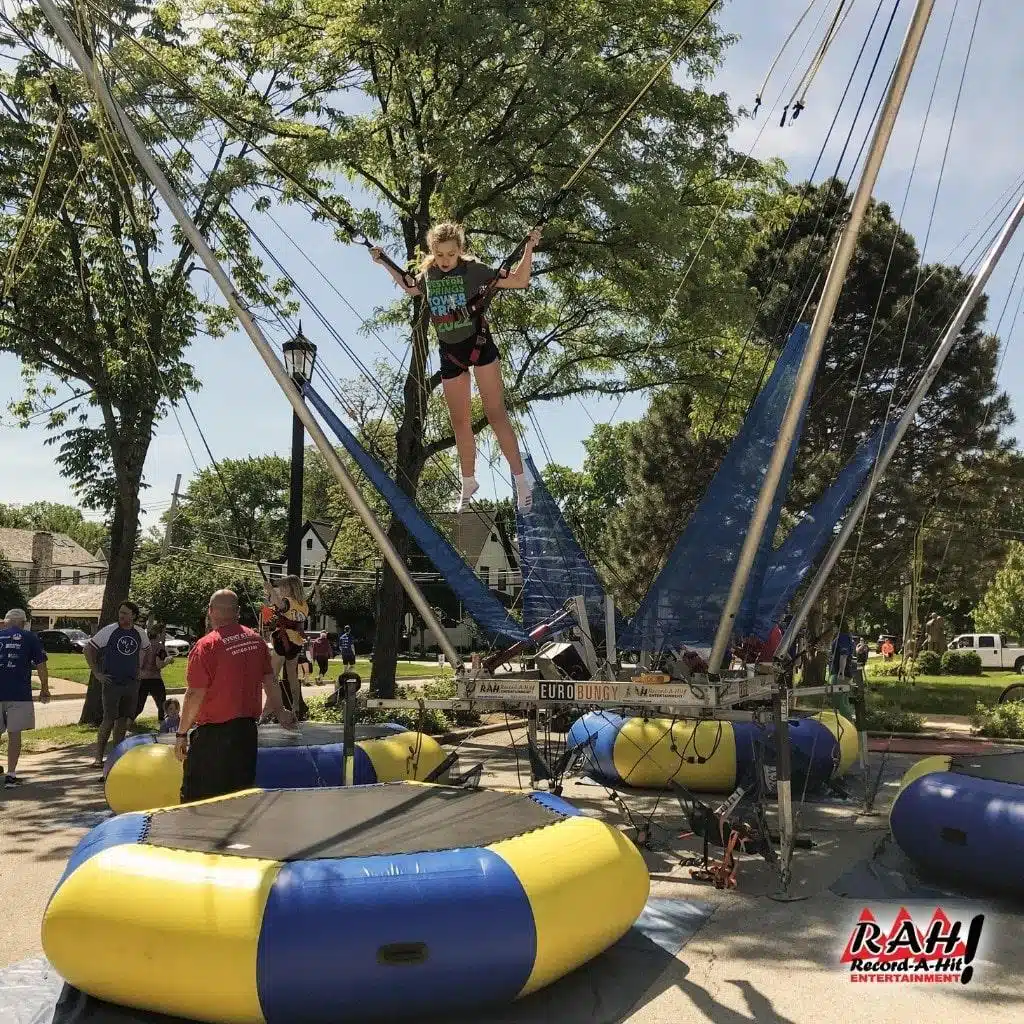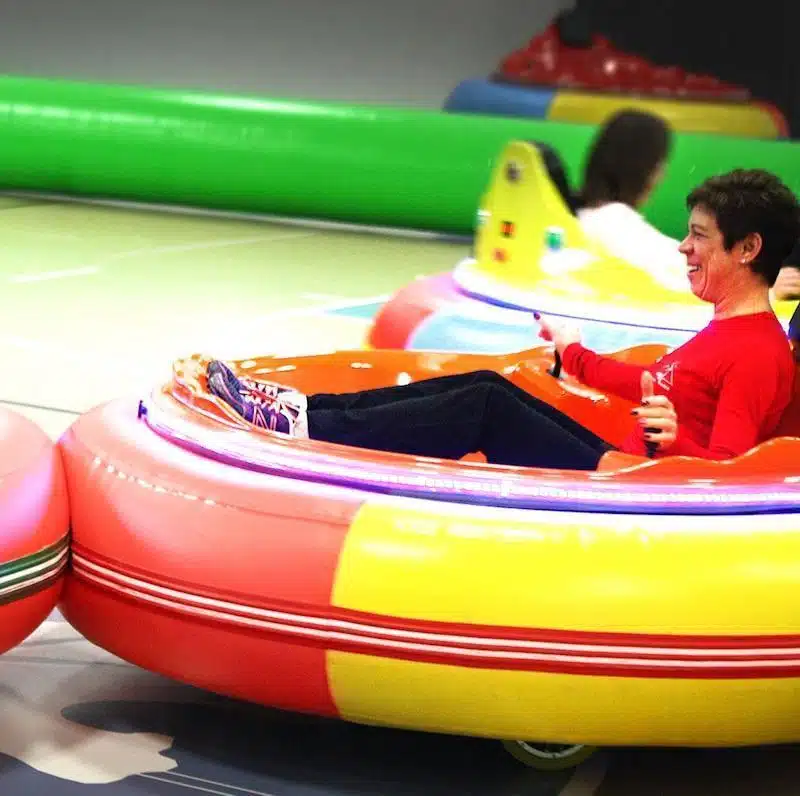INSURANCE & Liability Waivers
There are certain attractions in the Record-A-Hit Catalog that require a parent or guardian to sign our liability waiver prior to a child or student under 21 using the attraction. We also require people over 21 to sign their own liability waiver on these attractions.
While attractions are operated correctly and maintained correctly, there is always the human factor and an element of risk. If the attraction is not used in a correct fashion or participants misuse the attraction, the liability waiver is to protect RAH, our clients and the participants from lawsuits.
By signing the waiver, participants are guaranteeing that they know what they are doing, and that drugs or alcohol or coersion will not cause disfunction or accident. We want everyone to be safe and have a good time on our attractions. Our insurance company insists on liability waivers for specific attractions.
Click here to see or print our liability waiver.
Attraction Safety
All RAH Attractions are well maintained and in good working order. Our equipment gets regular checkups from our full time Warehouse Manager. In addition, all of our attractions are inspected by Ilinois Dept. of Labor’s Amusement Division, and receive permits yearly.
It is our policy to attend every inflatable. We do not drop off or just rent them out. RAH unloads per your specifications, we set up and stay to supervise and attend each and every inflatable to assure safety standards and to keep things running smoothly. This means we are also on-site to troubleshoot in case anything should go awry.
Our Crew Chiefs are also responsible for attraction safety, and are authorized by us, and our insurance company to make decisions about attraction operating viability during inclement weather. Electricity and wet, soggy conditions do not go well together. And very windy or gusty conditions are unsafe also.



Insurance
Record-A-Hit is fully insured for events. Clients can also have their name added as “Additional Insured” for Free when requested.
Some of our attractions do require that a participant or parent/guardian sign our liability waiver at the time of use. We can also send any group or school a liability waiver in advance if needed to send home to parents prior to an event.
Think twice before zip-lining on vacation. Popularity soars along with injuries
By: Lindsey Tanner AP Medical Writer
As the weather in the Chicago area starts to turn cold, you may be planning a winter trip to a warm destination. Travel to places such as Mexico and Costa Rica, as well as some areas here in the United States, can bring the opportunity to try zip-lining. But, you might want to approach this activity with caution. Injuries from zip-line accidents have soared along with the popularity of this activity that hurtles riders through the air, sometimes at dizzying heights above ground, a study of U.S. emergency room data shows.
Over 16 years, nearly 17,000 people were treated for zip-line-related injuries including broken bones, cuts and sprains; most occurred in the last four years of the 1997-2012 study. It’s the first national look at zip-line injuries and highlights a need for better regulation and uniform safety standards, the researchers say. The study was published recently in the American Journal of Emergency Medicine. Deaths were not included – there have been at least six nationwide this year, most from falls.
The Study
The researchers analyzed a national injury database operated by the Consumer Product Safety Commissions. Their study covers the early years of commercial zip lines, which now number more than 200 nationwide. There are thousands more “amateur” zip lines, located in backyards, summer camps and schools. Most injuries occured at commercial courses, camps and other nonresidential places. About 30 percent were from zip lines in backyards or farms. These are sometimes do it yourself kits bought online, may be improperly installed and should be avoided.
The annual injury rate for all zip lines climbed from almost 8 per 1 million U.S residents in 2009 to nearly 12 per 1 million in 2012. Causes include falls, collisions and slamming into objects at the end of the course. Injuries were most common in children and teens. Almost 12 percent of injuries resulted in hospital stays, a worrisome rate much higher than more conventional sports, said co-author Tracy Mehan at the Research Institute at Nationwide Children’s Hospital in Columbus, Ohio.
Safety Standards
Industry groups have adopted voluntary safety standards typically involving equipment, maintenance and worker training, but they vary and not uniformly followed. Insurance providers generally require operators to adhere to some of these standards, and several states have adopted safety regulations. But Mehan said a uniform of safety standards and effective oversight is needed.
Industry Response
Industry representatives say the study is alarmist and that zip lines are safer than driving a car. Mike Barker, vice president of the Professional Ropes Course Association, said his group has strict safety standards that recommend that courses be routinely examined by independent inspectors. He said reasons for injuries and deaths include user or operator error equipment malfunction. James Borishade, executive director of the Association for Challenge Course Technology, said no activity is risk-free and that zip line operator “are working to minimize that risk”
Zip-Line Safety Tips
- Check the Better Business Bureau and online review to find a reputable operator
- Ask operators if they follow any industry safety standards and avoid those that don’t.
- Ask to see inspection or maintenance reports, and inquire about staff training.
- Always wear safety equipment provided including body harnesses, helmets and gloves.
- Don’t readjust harnesses after guides have secured them.
- Listen closely and follow guides instructions.
